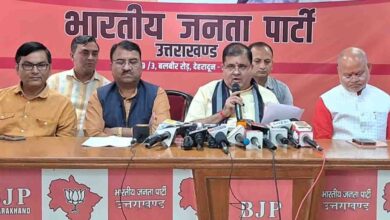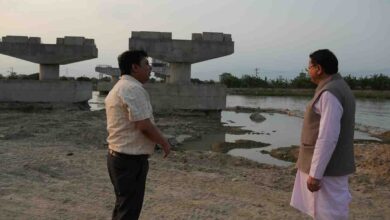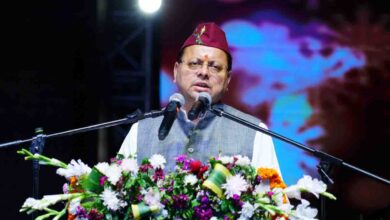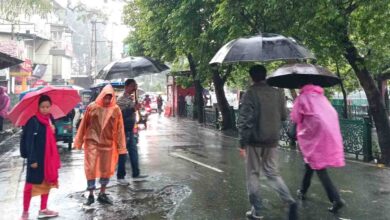UKPSC begins preparations for recruitment exams

Friday, 16 September 2022 | PNS | DEHRADUN
The Uttarakhand Public Service Commission (UKPSC) has started preparations for the class C examinations handed over to it by the State government. The State administration also issued a government order regarding the commission being given the task of conducting these exams on Thursday. The UKPSC chairman Rakesh Kumar informed that advertisements for vacant posts of police constables, revenue sub inspector/Lekhpal and other posts are proposed to be published on a weekly basis in October. The exams for recruitment to these posts are proposed to be held in December this year and January, February and March next year. To ensure that the candidates get adequate time to prepare for the exams, the exams for these posts may be held during the aforementioned months. Information about this will be published separately in newspapers, he added.
Kumar further informed that a separate section has been formed and six personnel have been deployed in it to ensure that the exams for class C posts are held at the earliest and in a proper manner.
In addition to this, a candidate grievance redressal cell has also been set up in the UKSC. Candidates can seek any relevant information offline or online from this cell. They can contact the toll free number 0706002410, call 01334-244143, email at [email protected], visit the website psc.uk.gov.in or use the Twitter handle @ukpscofficial.






